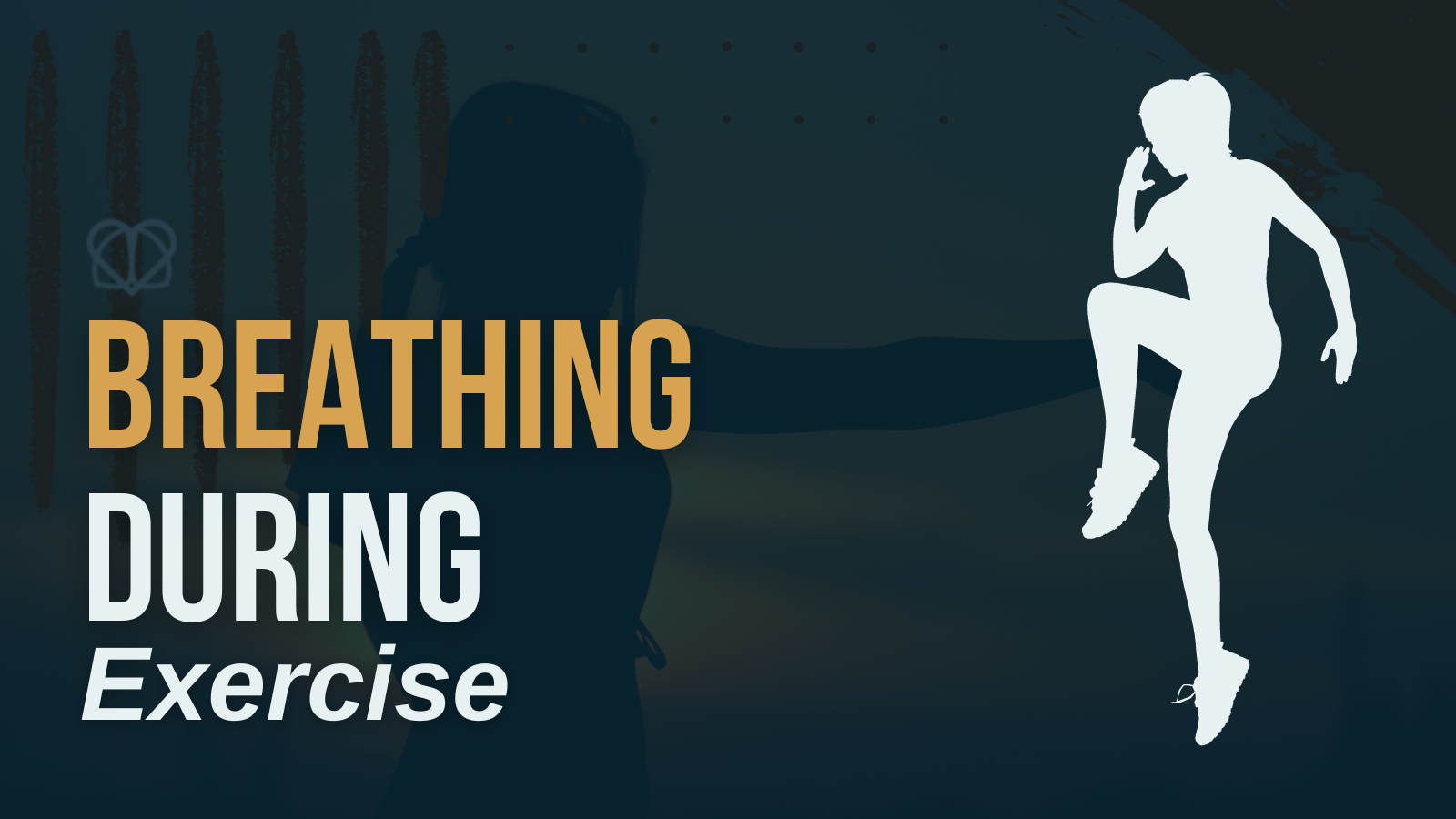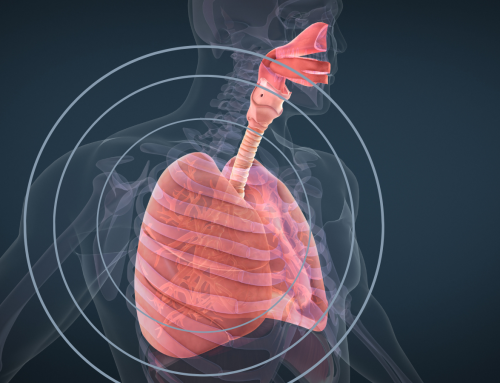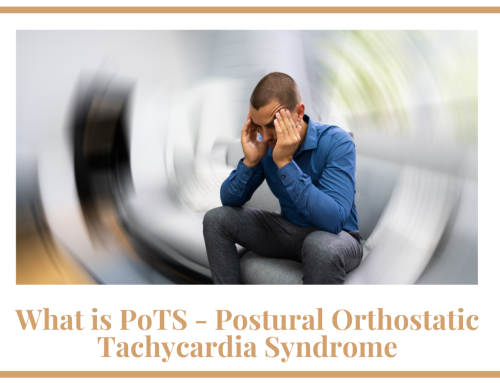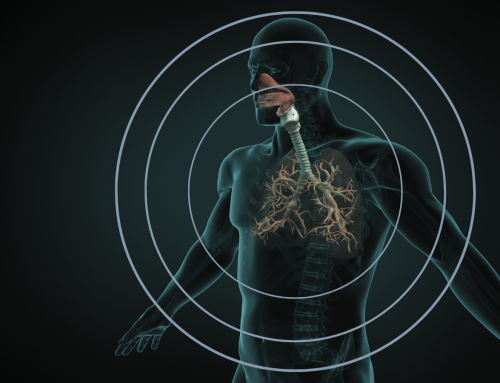A little recap – when we breathe in, we breathe in oxygen; this diffuses from the lungs to the bloodstream where our heart pumps the oxygenated blood around the body to our muscles and organs. When we exercise, we need to breathe more as our working muscles need more oxygen to be able to power the increased level of activity.
There are several potential limitations to exercise from a respiratory (breathing system) perspective:
- Airflow limitation – this can be caused by conditions such as exercise-induced bronchoconstriction (ie. Asthma) or exercise-induced laryngeal obstruction (EILO), where structures tighten up and restrict airflow to the lungs.
- Shortness of breath – this can be related to fitness but also inefficient breathing patterns which can heighten the feeling of breathlessness.
- Respiratory muscle fatigue – when the breathing muscles get tired and aren’t able to expand the ribcage fully.
- Exercise induced arterial hypoxemia – when there is reduced levels of oxygen in the blood.
At Air Physiotherapy, we work closely with respiratory doctors who are experts in diagnosing problems with breathing during exercise. There are also some common signs and symptoms, and physical tests that we can perform in clinic to help us unpick the causes of your breathlessness.
Inefficient breathing patterns
We commonly see patients who have inefficient breathing patterns during exercise. Our breathing muscles contract and relax to expand our ribcage, and during exercise they need to be able contract more forcefully and quickly to increase the depth and speed of breathing to match the level of exertion. We commonly see the smaller, weaker muscles in the upper chest being overused and these muscles are simply unable to keep up with the increased demands put upon them. This leads to inadequate expansion of the chest and as a result, people must breathe much quicker to get the air they need, leading to breathlessness coming on a lot earlier in their workout.
Respiratory muscle fatigue
We also see respiratory (breathing) muscle fatigue which can lead to feelings of breathlessness occurring prematurely during exercise. To stimulate any muscle to undergo adaptation (to become fitter), the muscle must be overloaded. We help you strengthen your breathing muscles as unfortunately this cannot be done through cardiovascular training – ‘the level of breathing that provides the most powerful training stimulus to the breathing muscles is so challenging that it cannot be sustained long enough to provide an effective overload’ and therefore have a training effect.
How we work
We work with you to ensure your breathing apparatus is working at its best. We firstly focus on optimising movement at the lower part of your chest and your diaphragm in order to expand your rib cage and therefore fill your lungs adequately. We often do this when you are completely still before moving on to exercise. We also look at your overall posture and core control as this can have a profound effect on the way we breathe. During exercise, we work with you to strengthen your breathing muscles and we work towards ensuring your body and breathing system is able to respond appropriately to the level of exercise you are performing.
Book in for a Breathing MOT
If you’re looking for advice on improvements you may be able to make to enhance your exercise performance then please get in touch to book a Breathing MOT.
Our newly launched service is available to book from October and is the perfect way to learn how to breathe better. With a wealth of expertise in supporting patients with their breathing, our respiratory physiotherapy team will provide a thorough assessment and make any necessary recommendations to help you on a journey to achieve your goals.
Follow our Instagram @thebreathingmot for live updates.
References:
Alison McConnell ‘Breathe Strong Perform Better’ 2011 Human Kinetics





